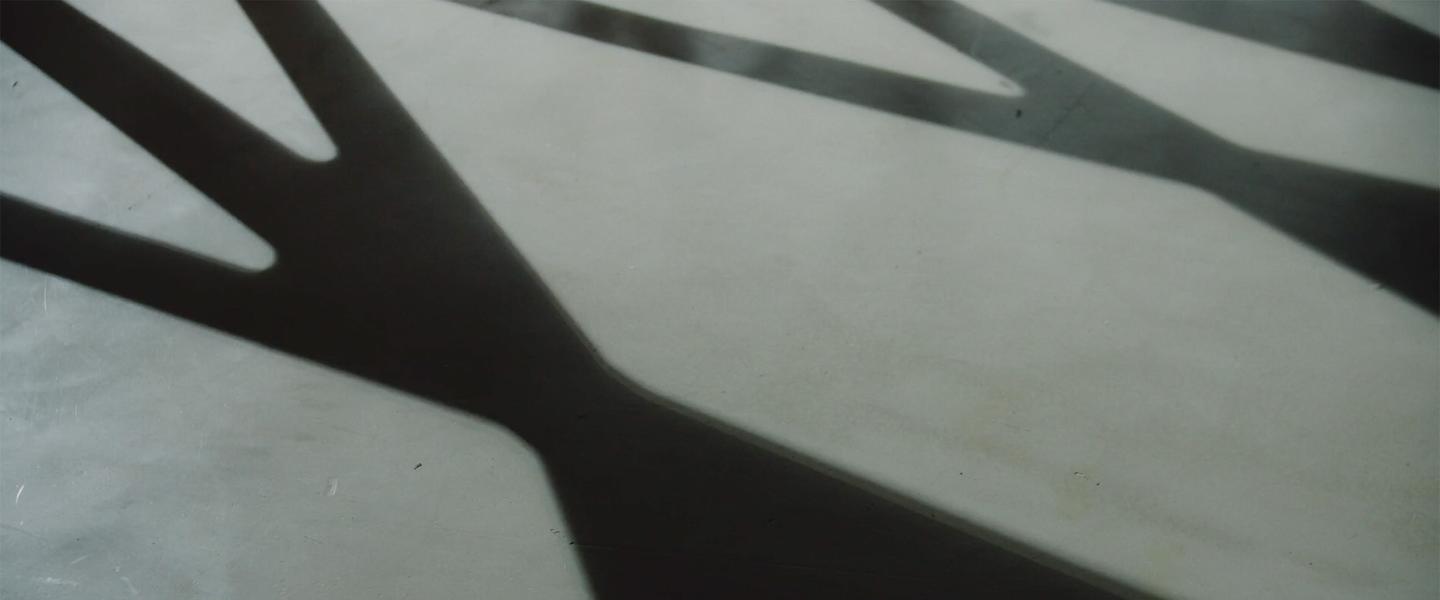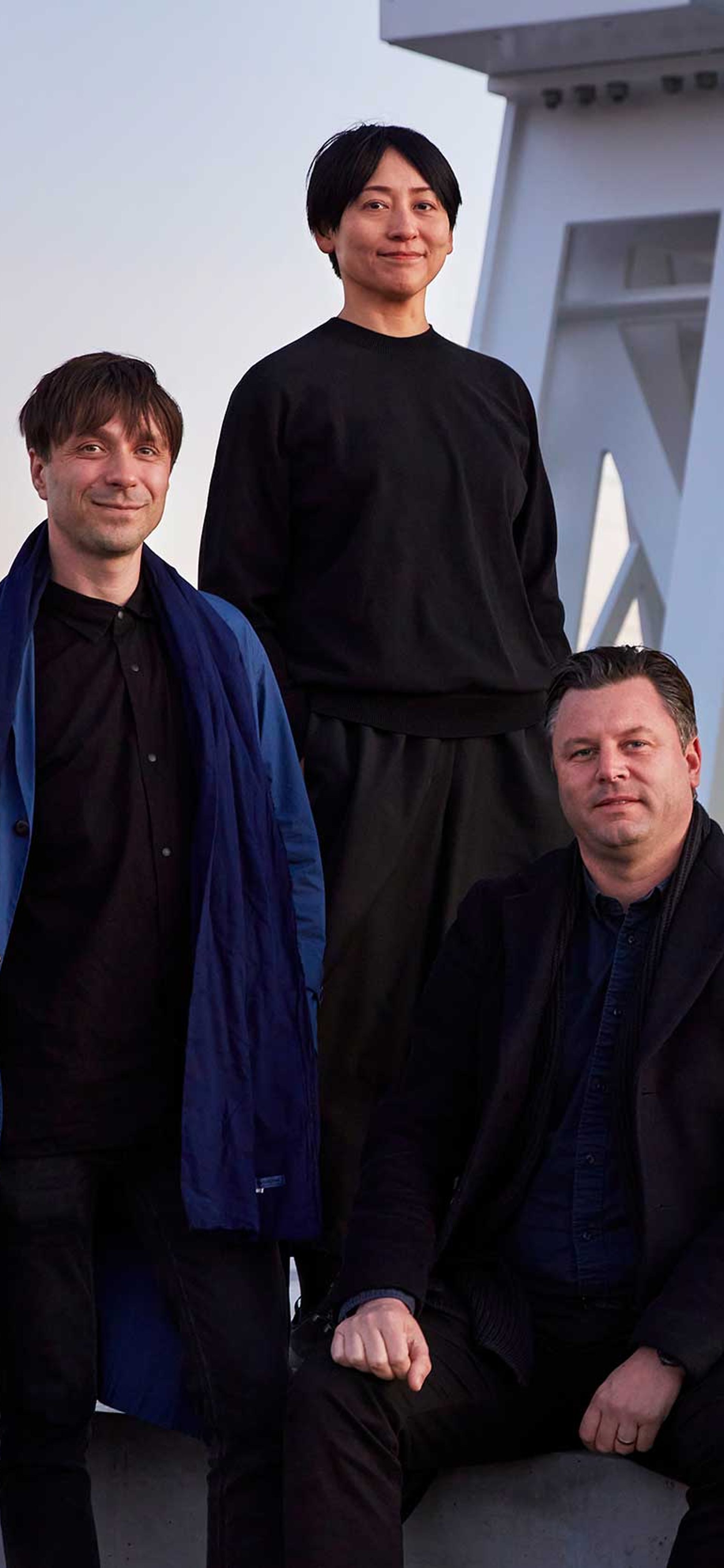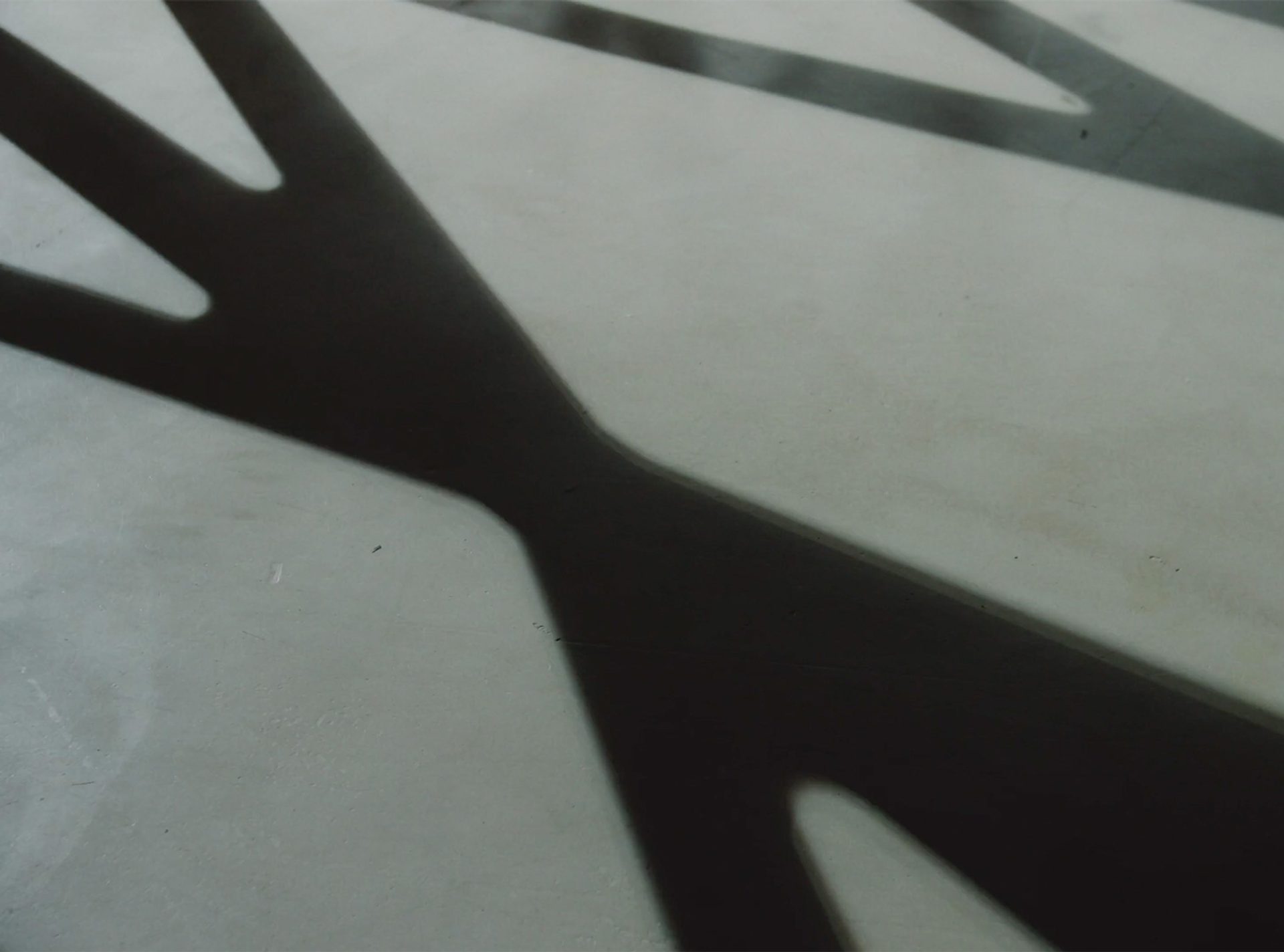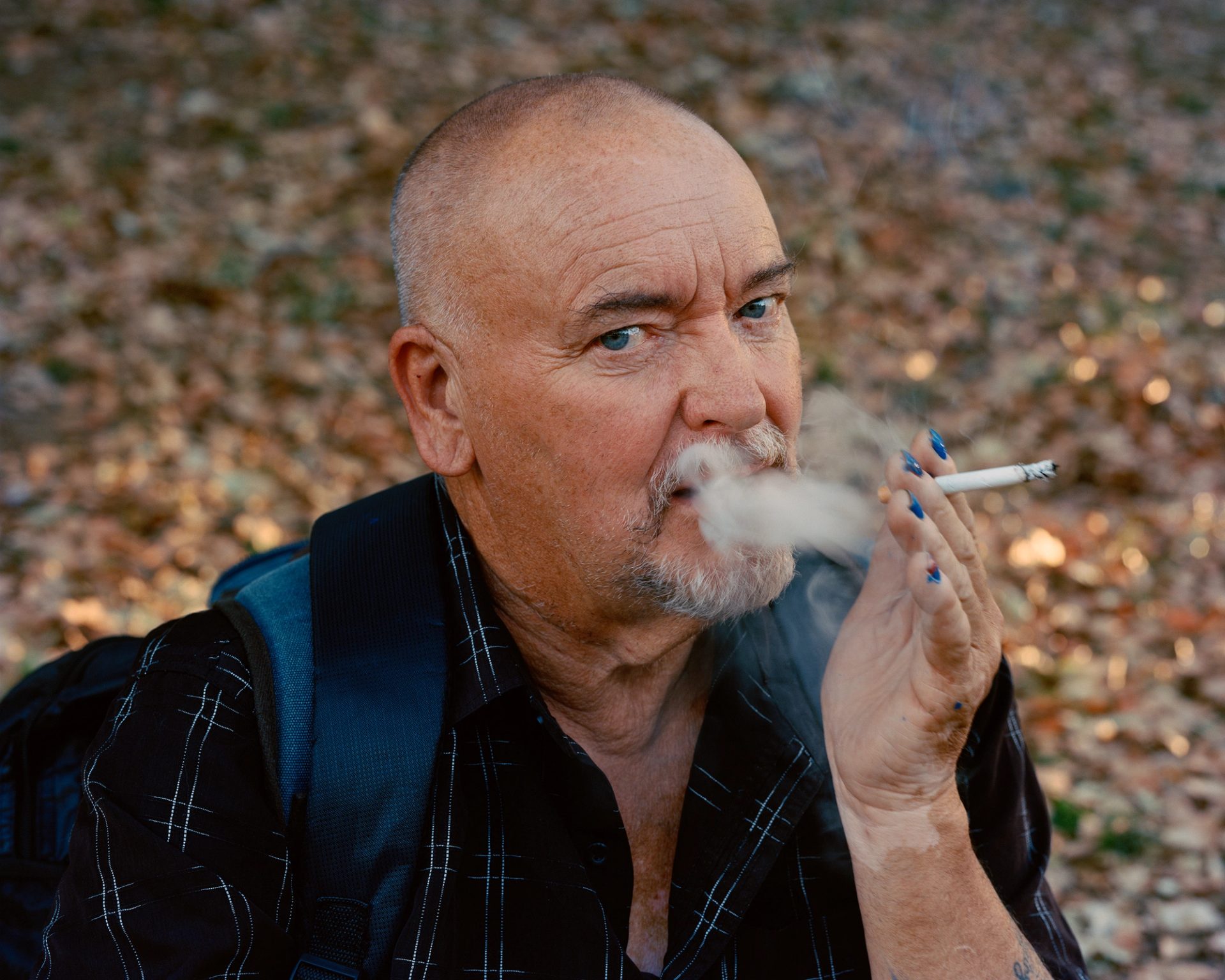Architectural Team

Designing Powerhouse Parramatta
From the very beginning we asked ourselves: What could this building do for the city? How does it become the beginning and not the end of things?
Two of the architects behind the design, Hiroko Kusunoki and Nicolas Moreau, speak to us while in Sydney to inspect a 10-metre prototype of the 80-metre-high white steel exoskeleton that will frame the new Powerhouse Parramatta.
The softly spoken, meticulously dressed couple talk in tandem, and one can imagine them working together as architects, fluent in their own personal shorthand.
They met as architecture students and travelled in Japan for three years learning the Japanese art of making, and of radical commitment to craft.
In 2011 they established their Paris-based practice and four years later, won the year-long international competition to design the Guggenheim Helsinki, but a change of Finnish government saw the project scuttled.
The sites are very different – Parramatta is compact, Helsinki sprawling – but in both cases the architecture hinges on transparency and porosity, on opening the museum up to light, and ambiguous Mâ spaces linking exhibition halls together, offering incidental moments within the larger museum experience.
In Japanese culture, Ma is a kind of interval: a vacancy, not just in space, but also in time Like an unspoken message or the silence between musical notes,” reflects Hiroko Kusunoki, with a calm, fixed gaze that gives little away.
“It is always in relation to something else…We felt it was important for such a museum, to leave sufficient vacancy, availability, for the visitors to write their own story, design their own experience of this place.”
This is a big chapter for Moreau Kusunoki. In 2019 they won the international design competition for Powerhouse Parramatta, with Genton as local architects.
It will be their largest completed work to date. And as the first cultural institution to be built in Western Sydney by a State Government, there are no small ambitions for this project.
Powerhouse is projecting two million visitors in the first year, and aiming for net zero carbon emissions from day one.
They have collaborated well with Powerhouse Chief Executive, Lisa Havilah, whom they say is a ‘strong advocate of the design, and not afraid to push boundaries’.
It will not be the archetypal white-box, but a new kind of museum, a working centre of innovation and research. Not just a place for presenting artefacts, but a living laboratory of ideas and experiments.
It will be the state’s largest museum, with 18,000 square metres of exhibition learning and public spaces, to share more of the Powerhouse Collection (containing more than half a million objects) than ever before.
Its site, at the northern edge of the city, on a narrow bend of the Parramatta River, has invited a particular response. The museum rises to seven storeys across two wings, forming a compact L-shaped footprint that leaves a large new public domain of riverside parks and terraces.
The wings are joined by a monumental glass atrium anchoring the Powerhouse to the city grid.
Design of the museum, and in particular, the exoskeleton, is deliberately inorganic and machine-like, explains Nicolas Moreau.
Nicolas Moreau
‘That visual tension between the river and the museum makes it a dialogue. We could have taken the whole [site] area and made a curved building that plays with the river bend, but it would have been fake. The best way to respect the river is to set the building well back and liberate its embankment, which gives back more green space to the public.’
Minimising the footprint has also reduced disturbance of the site, historically a meeting point and river crossing for First Nations people.
The enabling steel exoskeleton was developed with master Japanese engineer Jun Sato, whose work in high-tensile architectural facades is legendary. Moreau says he’s a genius, “he’s central to the project”.
The exoskeleton is a structural system with an architectural narrative, an intricate layering of steel ‘lattice’ that allows the museum to touch ground lightly. Not a dense structure, but an assembly of fragile looking layers designed for high performance.
“The mockup looks amazing! You can already see the complexity and patterns playing with light. There’s a musicality to it, and I would even say, emotion,” Moreau enthuses.
Hiroko Kusunoki
‘There is a level of poetry in this assembly of the steel – a resonance of geometry, complexity and homogeneity between each element’
She likens the innovation of whittling down the exoskeleton’s steel content to construction of Sydney’s Harbour Bridge, built during a depression when steel was scarce.
Internally, the exoskeleton braces the vast column-free ‘hyper platforms’, designed for infinite curatorial possibilities, not yet dreamed of.
“Unlike in a Beaux Arts museum, where you showcase each piece in a specific way, this will be more like a machine for exhibitions, with blurred boundaries between front and back of house,” says Moreau.
“For instance, Exhibition Space One [the largest] is a breathtaking space of civic proportion, that transitions seamlessly from inside to out. A mega-door 56 metres long opens the entire room up to a terrace overlooking the river.”
The concept of ‘mâ’, or ‘in-between‘, is inscribed throughout Moreau Kusunoki’s design as an indispensable factor of placemaking.
The potential of the interstitial spaces gives way for life and meaning to evolve and naturally appear in between the defined spaces, while events and interactions arise ‘through the cracks‘, thus organically enhancing the effect and success of the project.
Seven flexible presentation spaces are the core components of Powerhouse Parramatta, explain Lead Designers Hiroko Kusunoki and Nicolas Moreau:
“These spaces are linked through transparent, connecting spaces, which offer a quiet place for reflection, a lively place for interaction, a safe, neutral space for meetings and the creation of new shared memories.”
Steve Toia
‘While the presentation spaces differ in scale and relationship to place, they are conceived as a ‘family of spaces’, all with similarities, but each with its own natural attributes, that make the experience unique’
“Siting was very important”, says Genton Principal, Steve Toia. “We've created an address in the round, where the museum can be approached equally from the city or the riverfront.”
This volume boasts a 19-metre internal height and weight loading for the largest objects in the Powerhouse Collection – think locomotive engines, aircraft and rockets.
All the exhibition spaces are bookended by a variety of public and learning spaces, linked by an informal pathway through the building – the ‘Mâ’ spaces. These draw the visitor into the museum, up through its levels offering places for connecting without committing to an exhibition. Places to read a book, to rest and daydream, or simply occupy public space in personal reflection.
Despite the intrigue of their architecture, Moreau and Kusunoki insist that a legacy is not built, but accumulated over time. Not by the design but how the museum is used.
“Our way of occupying buildings will totally change in a generation or less. Our design anticipates this shift and transformation of usage, while the structure itself remains. So it becomes part of a shared memory,” says Moreau.
“For me, what is important in my museum experience is that as a visitor, I can personalise my visit. That notion of time of day and authenticity will be very important. The meaning, the experience of art should be totally one-on-one, and influenced by other elements – the light of the season, the wind before arrival,” reflects Kusunoki.
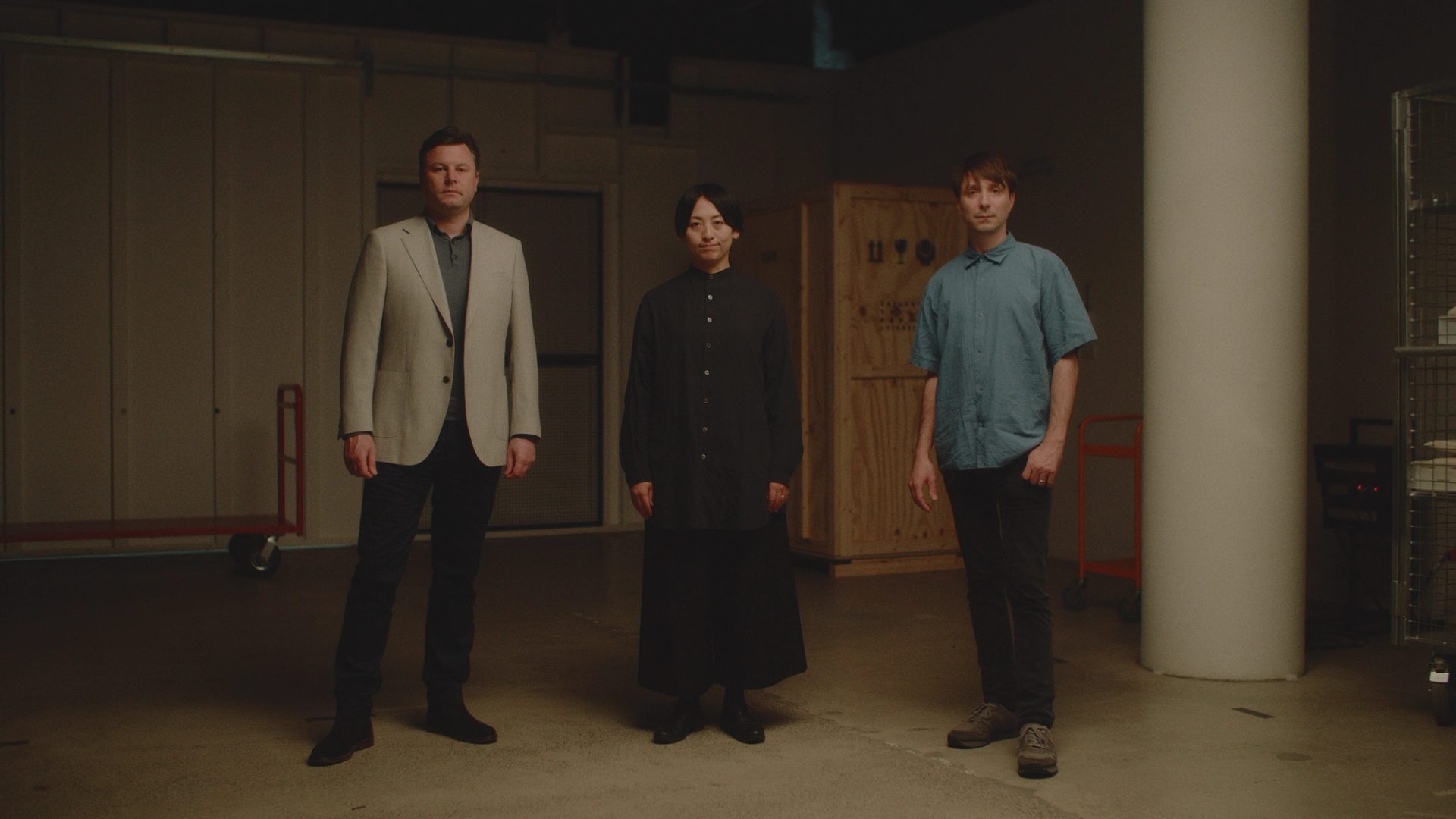
Moreau Kusunoki
Nicolas Moreau and Hiroko Kusunoki founded Moreau Kusunoki Architectes in Paris in 2011. Kusunoki, who earned her degree from the Shibaura Institute of Technology in Tokyo, began her career in the studio of Shigeru Ban. Moreau, who trained at the Ecole Nationale d’Architecture de Belleville in Paris, worked in the studios of SANAA and Kengo Kuma. In 2008, Moreau and Kusunoki left Tokyo together, so that Moreau could open Kengo Kuma’s office in France. Notable projects are the award-winning proposal for the Guggenheim Helsinki, the new Sciences Po (The Paris Institute of Political Studies) university campus in the centre of Paris, the National Lighthouse Museum in Brest, France, and the House of Cultures and Memories in Cayenne, French Guiana.
Genton
Steven Toia founded Genton in 2010 with a focus on delivering outstanding design and quality architectural and design work. Steven’s experience extends to design, documentation and procurement of small, large and complex projects both locally and internationally. Fellow Director Marc Debney, brings together diverse training in Architecture, Fine Arts and Law to weave design vision and project requirements to guide decisions with unwavering commitment to design. With established studios in Sydney and Melbourne they have been recognised with award-winning results across commercial, residential, infrastructure and technical projects including the design and rebuild of public buildings.
Subscribe to gain first access to Powerhouse Parramatta programs and news.
